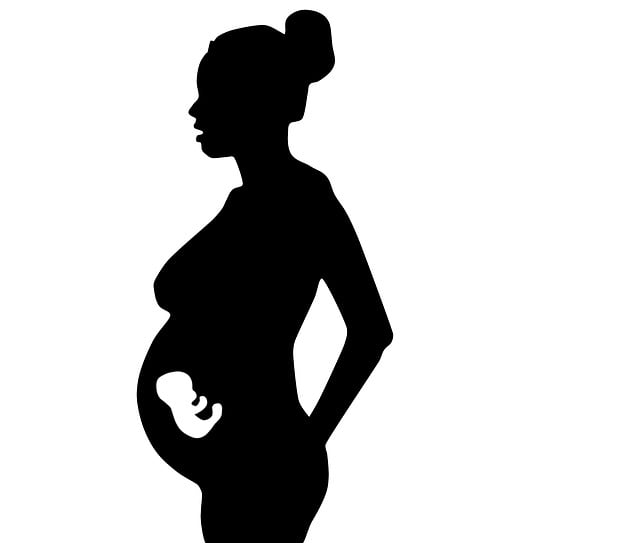In the United States, the number of incarcerated women giving birth remains largely unknown. However, organizations like the American Civil Liberties Union (ACLU) estimate that approximately 4% of the 200,000 women entering U.S. jails and prisons annually are pregnant. Amy Smith, deputy director of the ACLU’s National Prison Project, indicates that “thousands” of these women deliver babies each year. A 2010 report from the American Journal of Nursing suggested that around 6% of women in jails are expectant mothers.
Carolyn Rodriguez, author of Jailcare: Finding the Safety Net for Women Behind Bars, points out the lack of systematic data about these women. “The only statistics available date back to a 1997 survey by the American Correctional Association, which reported 1,400 births. We have no comprehensive information on miscarriages, abortions, or stillbirths,” she explains. This highlights a troubling gap in our understanding of a vulnerable population.
Shockingly, in many states, it is still permissible to shackle women during labor. The American College of Obstetricians and Gynecologists defines “shackling” as using physical restraints—like handcuffs and leg chains—to restrict an inmate’s movement. This practice faces opposition from multiple organizations, including Amnesty International and the Federal Bureau of Prisons. In a positive development, North Carolina banned shackling during childbirth in March 2018.
According to Common Dreams, eight states—Utah, Kansas, Nebraska, South Carolina, Indiana, Maryland, Georgia, and Maine—have no regulations regarding shackling. Additionally, while 20 states prohibit the use of restraints during actual childbirth, they lack regulations for transport during active labor and postpartum recovery. Often, medical professionals do not have the authority to remove these restraints, which can further complicate care.
Even in states where shackling is banned, it frequently occurs. A 2015 survey by the Correctional Association of New York found that 23 out of 27 women surveyed were shackled during birth, despite a ban in place since 2009.
Reflecting on your own childbirth experience, you might remember the freedom you had to move, adjust positions, and seek support from loved ones. Unfortunately, women who are shackled do not have this luxury. For example, Jessica Turner, who gave birth in New York in 2011—two years after the ban—was restrained in the ambulance on her way to the hospital. She was not permitted to contact her family, and the only person present during delivery was a guard.
Similarly, Emma Garcia experienced handcuffs and leg restraints despite the ban. She recounted, “I was handcuffed to the metal part of the hospital bed. The restraints were tight, making it difficult to move and push during delivery. I was forced to remain shackled while holding my newborn.”
In Wisconsin, where no anti-shackling laws exist, Sara Lee described her experience of giving birth while restrained. A heavy cuff restrained her wrist to the bed, while another cuff limited her leg movement. The discomfort and pain made it nearly impossible for her to receive adequate medical care during labor.
The implications of shackling extend beyond compassion; they pose significant medical risks as well. According to experts, shackling can prevent women from breaking a fall, potentially harming the fetus. During labor, being strapped to a bed can exacerbate pain and hinder effective childbirth. Postpartum, shackled women face an increased risk of blood clots due to immobility. In emergencies, medical personnel may have to wait for guards to unshackle a woman before they can intervene—a situation that can have dire consequences.
Some corrections officers justify shackling by citing safety concerns. A spokesperson for the Arkansas Department of Corrections stated, “Though these are pregnant women, they are still convicted felons and sometimes violent in nature.” This mentality reflects a broader societal issue regarding the treatment of incarcerated women.
Dr. Carolyn Rodriguez, an expert on correctional health care, emphasizes the dehumanizing nature of shackling, stating, “Labor is inherently painful, and shackling interferes with a woman’s ability to respond to that pain. This practice is degrading and should be abolished.”
The reality is stark: no woman should have to give birth while shackled, and no child should enter the world in chains. This practice must end across the nation.
For those interested in exploring further topics related to pregnancy and home insemination, check out this post about cryobaby home intracervical insemination syringe kit combo. Additionally, for a comprehensive overview of pregnancy-related topics, visit this authoritative source: Modern Family Blog. For excellent information on intrauterine insemination, consult the Mayo Clinic’s resource.
Summary
Women giving birth in American prisons often face inhumane conditions, including shackling during labor. Despite legal prohibitions in some states, the practice persists, raising serious ethical and health concerns. The need for reform is urgent: no woman should deliver in chains, and no child should be born into such circumstances.
